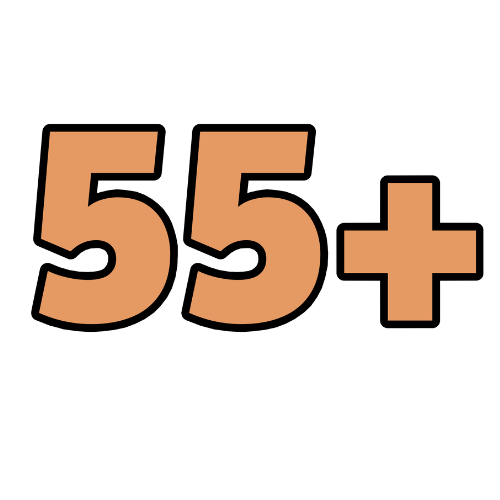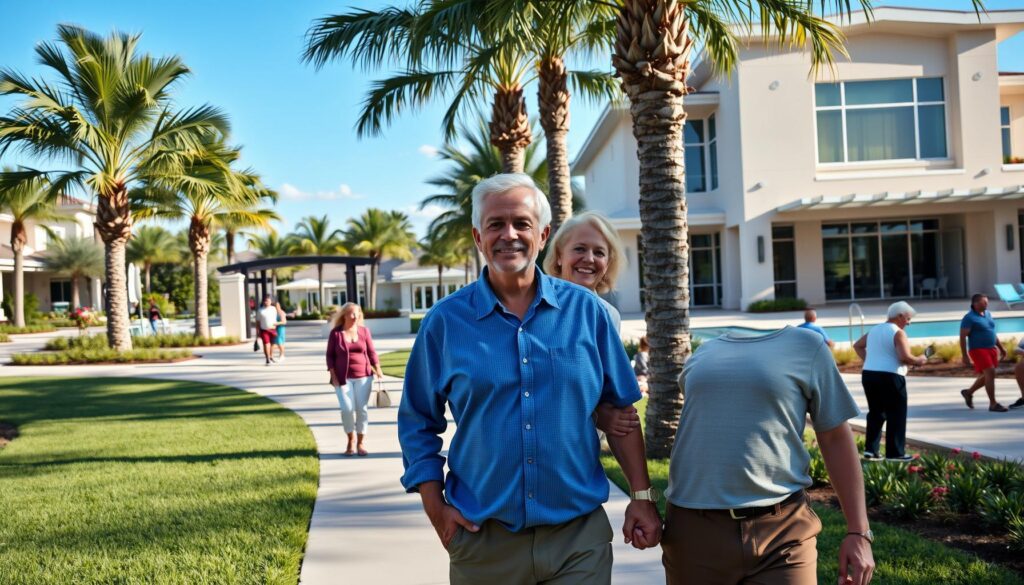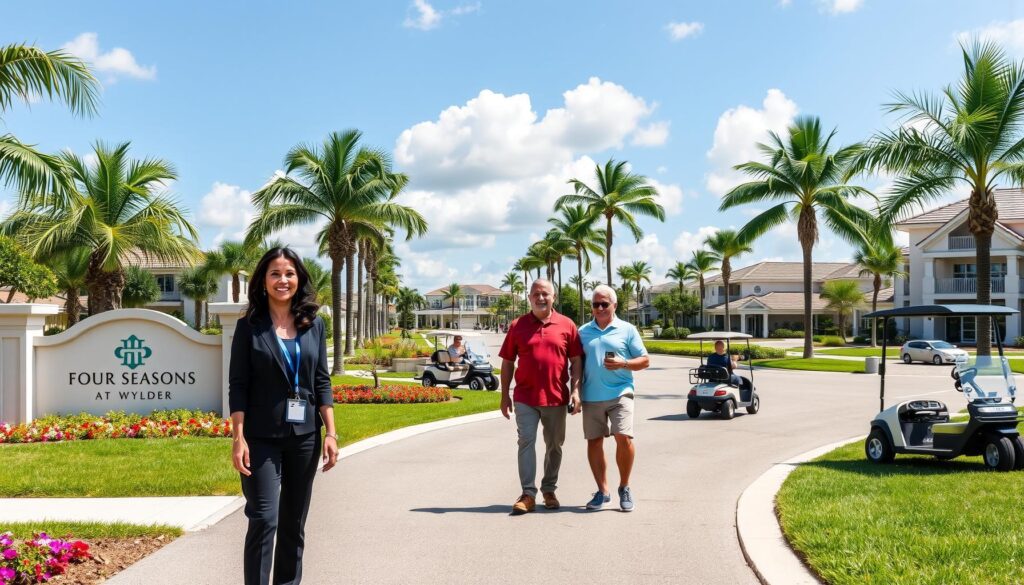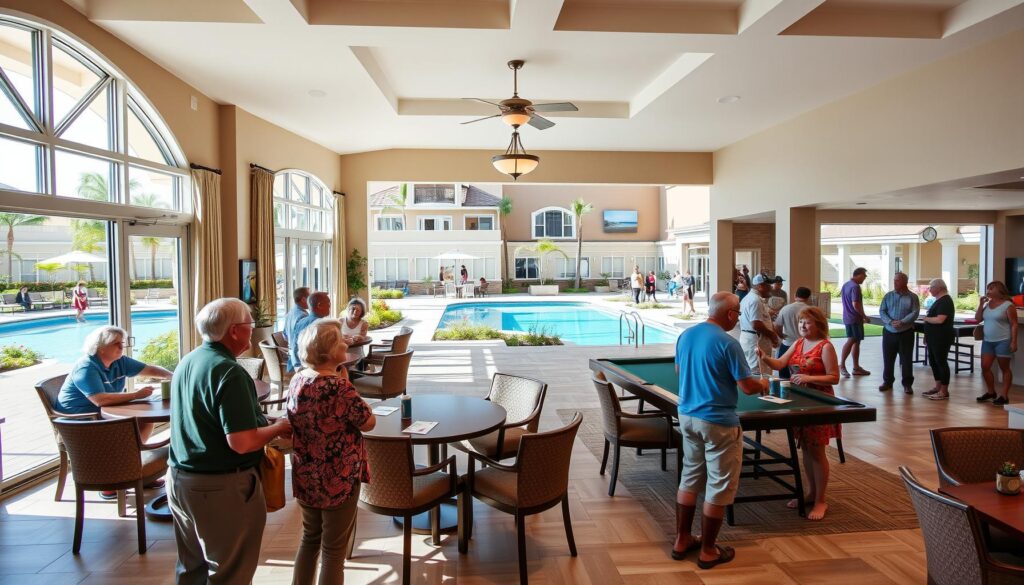Understanding HOA fees in 55+ communities is crucial for retirees considering active adult living in Florida. These fees, collected monthly or annually, fund various community services and amenities, significantly impacting residents’ lifestyles and budgets. It’s essential to have a clear understanding of what HOA fees typically cover and their associated costs.
What Do HOA Fees Cover in 55+ Communities?
Homeowners Association (HOA) fees in retirement communities typically cover essential services and amenities that enhance residents’ quality of life. While specific inclusions vary by community, several common elements are generally covered.
Maintenance of Common Areas
One primary use of HOA fees is the upkeep of shared spaces. This includes landscaping, gardening, and maintenance of parks, walking paths, community centers, and recreational facilities.
Community Amenities
HOA fees often fund amenities such as swimming pools, fitness centers, tennis courts, golf courses, and clubhouses. These facilities provide residents with opportunities for leisure, socialization, and physical activity.
Security and Safety Measures
Many active adult communities prioritize safety and security. HOA fees may cover gated entry systems, security patrols, surveillance cameras, and emergency response services, ensuring a secure living environment. For official guidelines on community safety and security, visit USA.gov.
Utilities and Services
In some communities, HOA fees include basic utilities like water, sewer, trash removal, cable television, and internet services. This simplifies budgeting and provides convenience for residents.
Insurance and Reserve Funds
HOA fees typically contribute to community insurance policies covering common areas and liability. Additionally, a portion of fees is set aside in reserve funds for future repairs, replacements, or unforeseen expenses.
Factors Influencing HOA Fees in Active Adult Communities
Several factors determine the amount residents pay in HOA fees. Understanding these variables can help prospective homeowners make informed decisions when selecting a 55+ community.
Community Size and Amenities
Communities with extensive amenities and larger common areas generally have higher HOA fees. Luxury amenities such as golf courses, spas, and extensive recreational facilities significantly impact monthly fees.
Location and Property Values
Location plays a critical role in determining HOA fees. Communities in desirable areas with higher property values typically charge higher fees to maintain property standards and amenities. For instance, the significant growth of Port St. Lucie 55+ communities has influenced HOA fees and homebuyer considerations.
Age and Condition of Facilities
Older communities may require higher fees to cover ongoing maintenance and necessary upgrades. Conversely, newer communities might have lower initial fees but may increase as facilities age and require repairs.
Level of Included Services
Communities offering extensive services such as concierge, transportation, housekeeping, and meal plans generally have higher HOA fees. Residents should evaluate which services align with their lifestyle preferences and budget.
Typical HOA Fees in Port St. Lucie 55+ Communities
In Port St. Lucie (PSL), HOA fees in active adult communities typically range from $150 to $500 per month, depending on amenities and services provided. For example, communities offering golf courses, extensive recreational facilities, and comprehensive services generally fall into the higher end of this range.
Managing HOA Fees and Financial Planning
Effective financial planning is essential for managing HOA fees in retirement communities. Prospective residents should carefully assess their financial situation, factoring in HOA fees alongside other living expenses. Additionally, understanding the rules and regulations of Florida 55+ community HOAs can help residents better plan their finances.
Review HOA Financial Statements
Before purchasing a home, review the community’s financial statements to ensure the HOA is financially stable. Look for adequate reserve funds, transparent budgeting, and responsible financial management. For more information on financial planning for homeowners, visit Consumer Financial Protection Bureau.
Understand Fee Increases
HOA fees may increase over time due to inflation, rising maintenance costs, or unexpected expenses. Understanding the community’s history of fee increases can help residents anticipate future costs.
Participate in HOA Meetings
Active participation in HOA meetings allows residents to stay informed about financial decisions and voice opinions on how fees are allocated. Engaging with the community board can influence the management and allocation of HOA funds.
Frequently Asked Questions About HOA fees in 55+ communities
What is included in HOA fees in retirement communities?
HOA fees typically cover maintenance of common areas, community amenities, security, utilities, insurance, and reserve funds. Specific inclusions vary by community.
How much are HOA fees in Port St. Lucie 55+ communities?
In Port St. Lucie, HOA fees usually range from $150 to $500 monthly. The exact amount depends on amenities, services, and community size.
Are HOA fees mandatory in active adult communities?
Yes, HOA fees are mandatory in most active adult communities. Residents must pay these fees regularly to maintain community services and amenities.
Can HOA fees increase over time?
Yes, HOA fees can increase due to rising costs, inflation, or unexpected expenses. Residents should review community financial history to anticipate potential increases.
Where are HOA fees typically lower in retirement communities?
HOA fees are generally lower in smaller communities with fewer amenities and services. Communities without extensive recreational facilities or luxury services tend to have lower fees.
Considering a move to a 55+ community and want detailed information about HOA fees in 55+ communities? Download our FREE guide .







